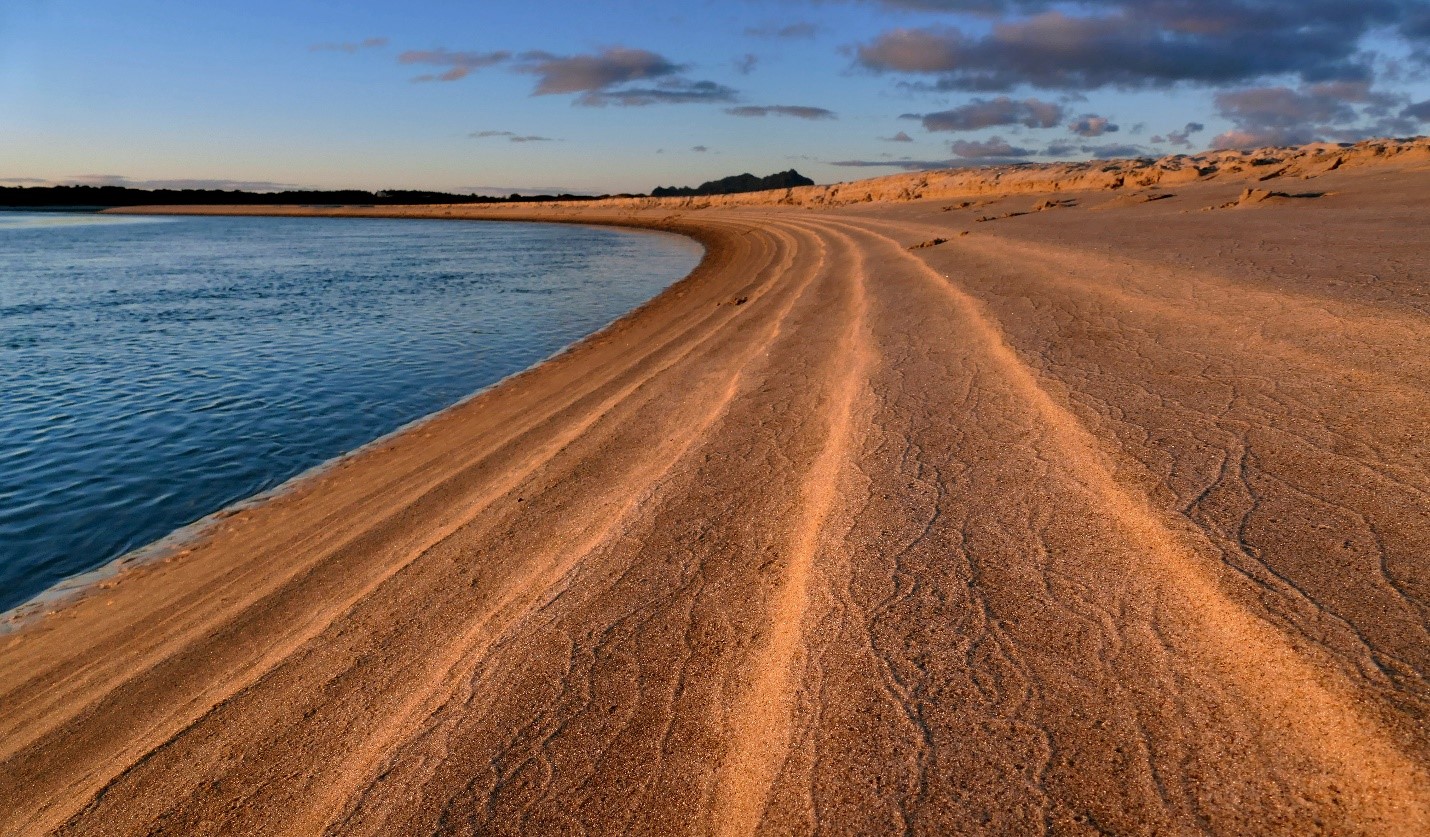
Between 2012 – 2016 California endured one of the harshest droughts in the state’s history. Subsequently, 2017 was one of the wettest years on record, and between 2019-2023, the state plunged back into an extreme drought. Despite this weather whiplash, the state eagerly uses all available water and only conserves once supplies run low. California must learn to adapt to these extreme weather fluctuations and conserve water from the wet years before drought crisis. We must start planning for severe droughts rather than scrambling to react when faced with water shortages.
California law recognizes this need and requires urban water suppliers to develop water shortage contingency plans to deal with water shortages. However, these plans are triggered only when total water supplies are insufficient to meet normal customer demands. As a result, after a wet year, urban water suppliers are free to drain their reservoirs with the hope they will be refilled during the next year, only mandating conservation once overall no longer meets demand. Rather than incentivizing conservation to preserve water, many plans simply draw-down storage levels, exacerbating supply issues for the next year.
Even with these shortage plans, water conservation triggers are often far too low. For example, until it was recently updated to trigger conservation when reservoir levels hit 70,000 acre-feet, Marin water district’s conservation plan was only triggered once reservoir levels were 50,000 acre-feet. Despite the state’s intense droughts, these low triggers “were not often activated,” and demand-side conservation was almost never triggered.
Unlike urban water suppliers who force their customers to conserve based on water supply, agriculture, which uses approximately four times as much water as urban users, do not share the same conservation mandates. While these suppliers are required to develop a drought plan, unlike water shortage contingency plans which mandate conservation, drought plans are focused on resiliency strategies to obtain and use the same amount of water every year, regardless of drought conditions. The San Jose Irrigation District’s drought plan boasts that its “total water supply volume (surface water, groundwater, and other water supply) is generally consistent, ranging from approximately 260,000 to 330,000 acre-feet per year, even during the 2012- 2016 drought – the driest four-year period in SSJID’s history.”
Incentivizing conservation and keeping water in reservoirs not only plans for drought, it has important environmental benefits. Shallow water in reservoirs heats up, causing temperature pollution in downstream waters, greatly impacting aquatic life. And insufficient water levels in reservoirs can inhibit mandatory federal and state instream flow requirements and water quality standards. These issues are especially exacerbated when reservoirs are overallocated and water supply contracts prioritize agricultural water supply first and environmental flows last. In this way, requiring agricultural water suppliers to initiate demand-side conservation will help reservoir managers meet environmental flow requirements.
That is why California Coastkeeper Alliance has worked with Assembly Member Papan to amend the Water code with Assembly Bill 754. This proposed law requires urban and agricultural water suppliers to initiate demand-side conservation based on reservoir levels. Instead of waiting for crisis, this bill will help make conservation a way of life.
Stay informed of our legislative work and our efforts to protect California’s waters by subscribing to California Coastkeeper Alliance’s monthly newsletter, becoming a lifetime member, or following us on social media: @CA_Waterkeepers.
Policy Analyst Cody Phillips advocates for statewide policies that protect water quality and access to clean water throughout California.



